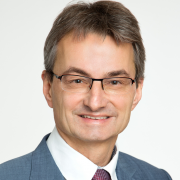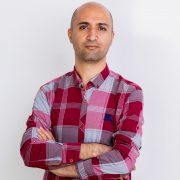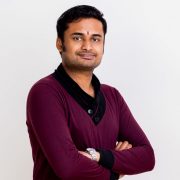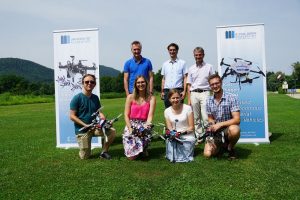Authors: Alireza Erfanian* (Christian Doppler Laboratory ATHENA, Alpen-Adria-Universität Klagenfurt), Hadi Amirpour*, (Christian Doppler Laboratory ATHENA, Alpen-Adria-Universität Klagenfurt), Farzad Tashtarian (Christian Doppler Laboratory ATHENA, Alpen-Adria-Universität Klagenfurt), Christian Timmerer (Christian Doppler Laboratory ATHENA, Alpen-Adria-Universität Klagenfurt), Hermann Hellwagner (Christian Doppler Laboratory ATHENA, Alpen-Adria-Universität Klagenfurt)
*These authors contributed equally to this work.
Link: IEEE Access
Abstract: Due to the growing demand for video streaming services, providers have to deal with increasing resourcerequirements for increasingly heterogeneous environments. To mitigate this problem, many works have beenproposed which aim to (i) improve cloud/edge caching efficiency, (ii) use computation power available in thecloud/edge for on-the-fly transcoding, and (iii) optimize the trade-off among various cost parameters,e.g.,storage, computation, and bandwidth. In this paper, we proposeLwTE, a novelLight-weightTranscodingapproach at theEdge, in the context of HTTP Adaptive Streaming (HAS). During the encoding processof a video segment at the origin side, computationally intense search processes are going on. The mainidea ofLwTEis to store the optimal results of these search processes as metadata for each video bitrateand reuse them at the edge servers to reduce the required time and computational resources for on-the-fly transcoding.LwTEenables us to store only the highest bitrate plus corresponding metadata (of verysmall size) for unpopular video segments/bitrates. In this way, in addition to the significant reduction inbandwidth and storage consumption, the required time for on-the-fly transcoding of a requested segment isremarkably decreased by utilizing its corresponding metadata; unnecessary search processes are avoided.Popular video segments/bitrates are being stored. We investigate our approach for Video-on-Demand (VoD)streaming services by optimizing storage and computation (transcoding) costs at the edge servers and thencompare it to conventional methods (store all bitrates, partial transcoding). The results indicate that ourapproach reduces the transcoding time by at least 80% and decreases the aforementioned costs by 12% to70% compared to the state-of-the-art approaches.
Keywords: Video streaming, transcoding, video on demand, edge computing.











